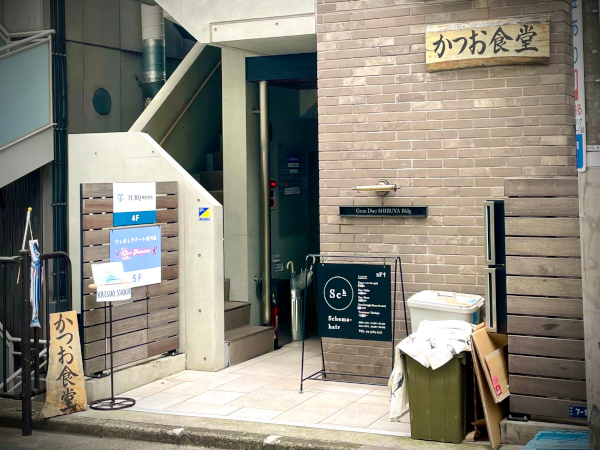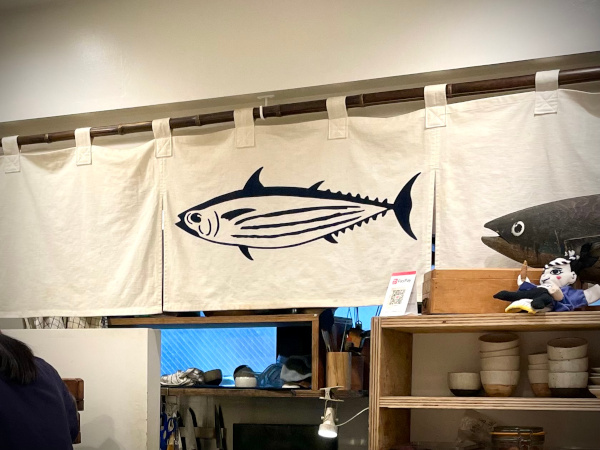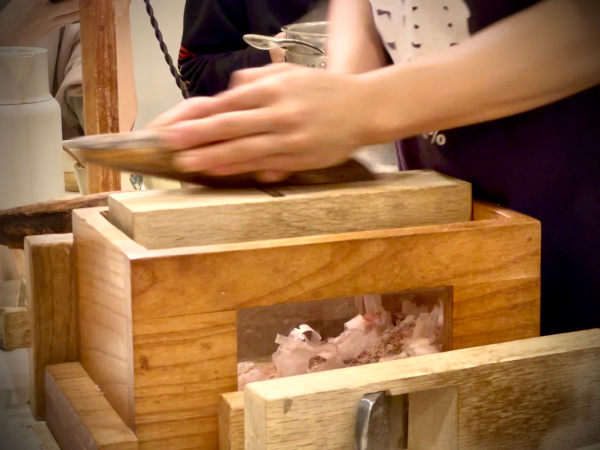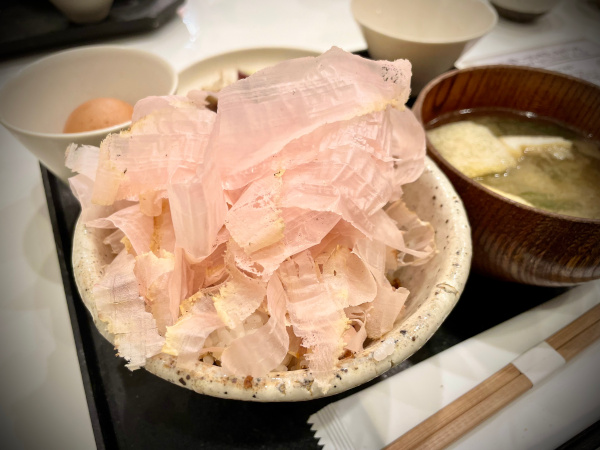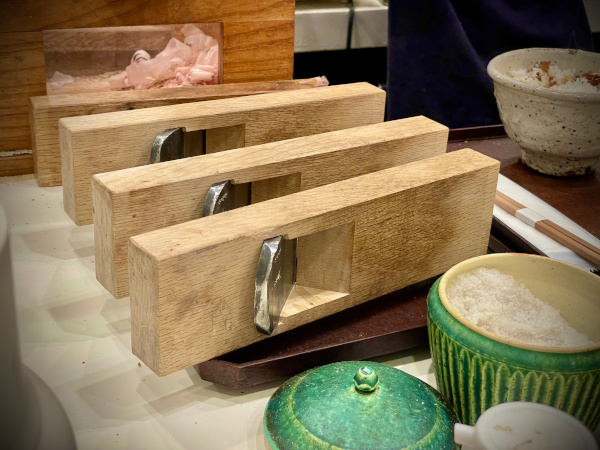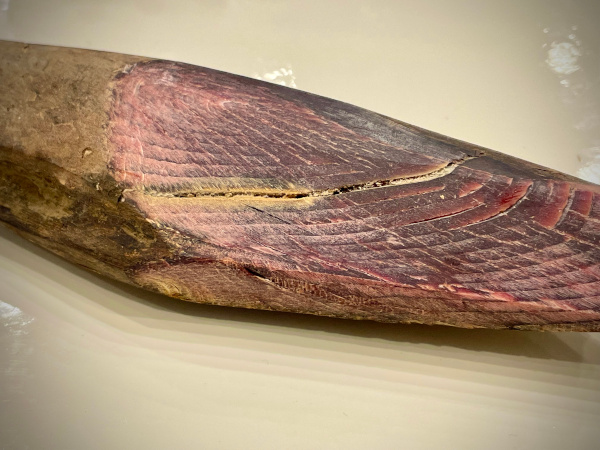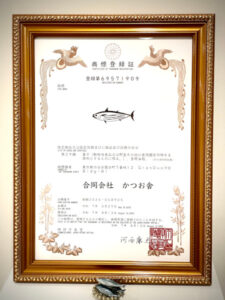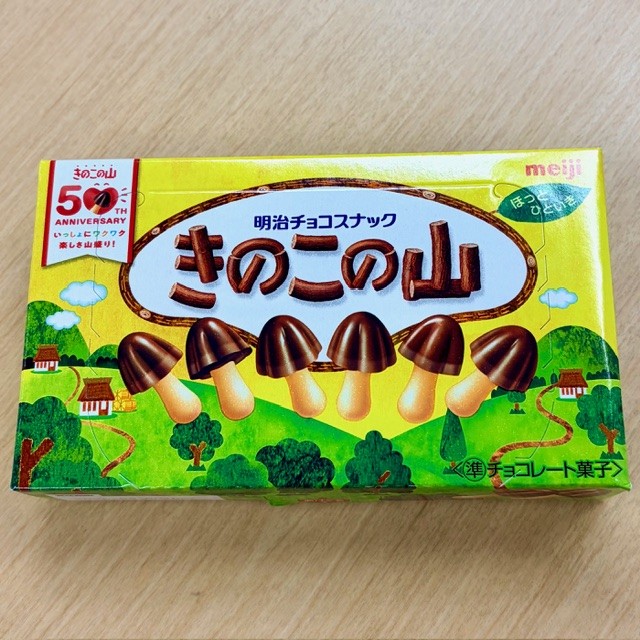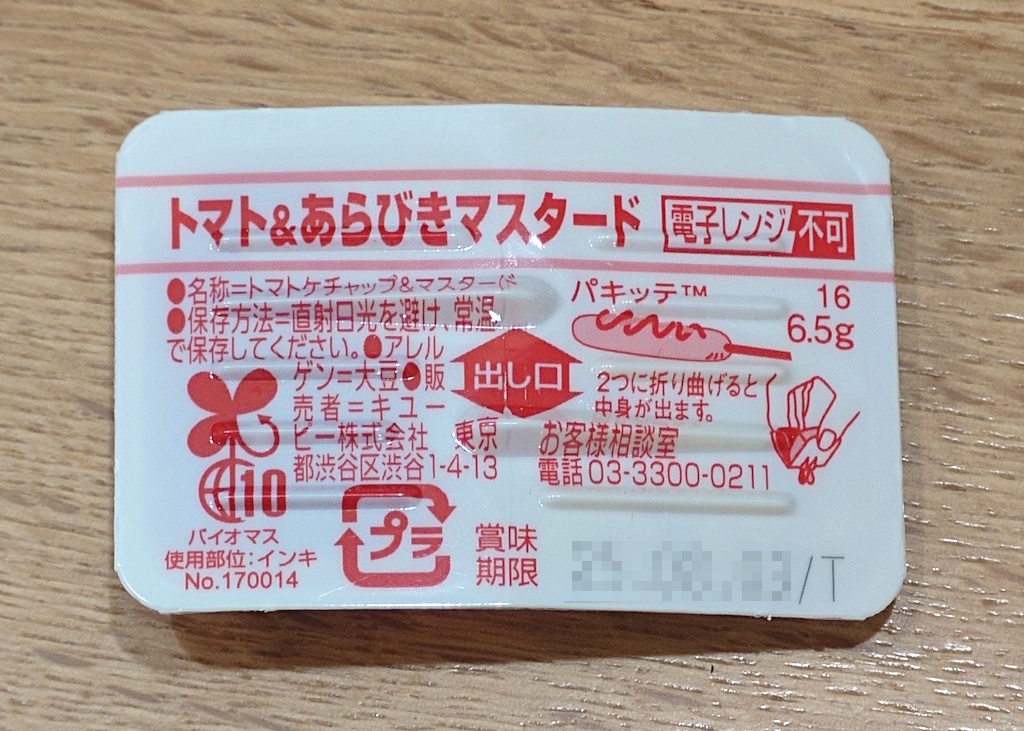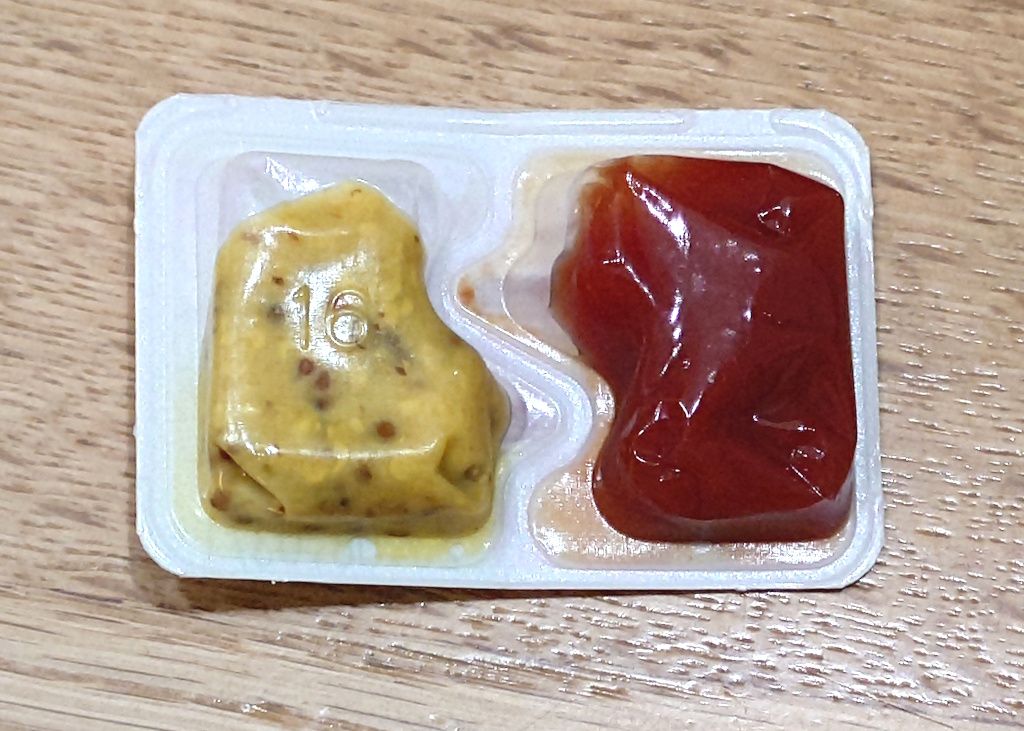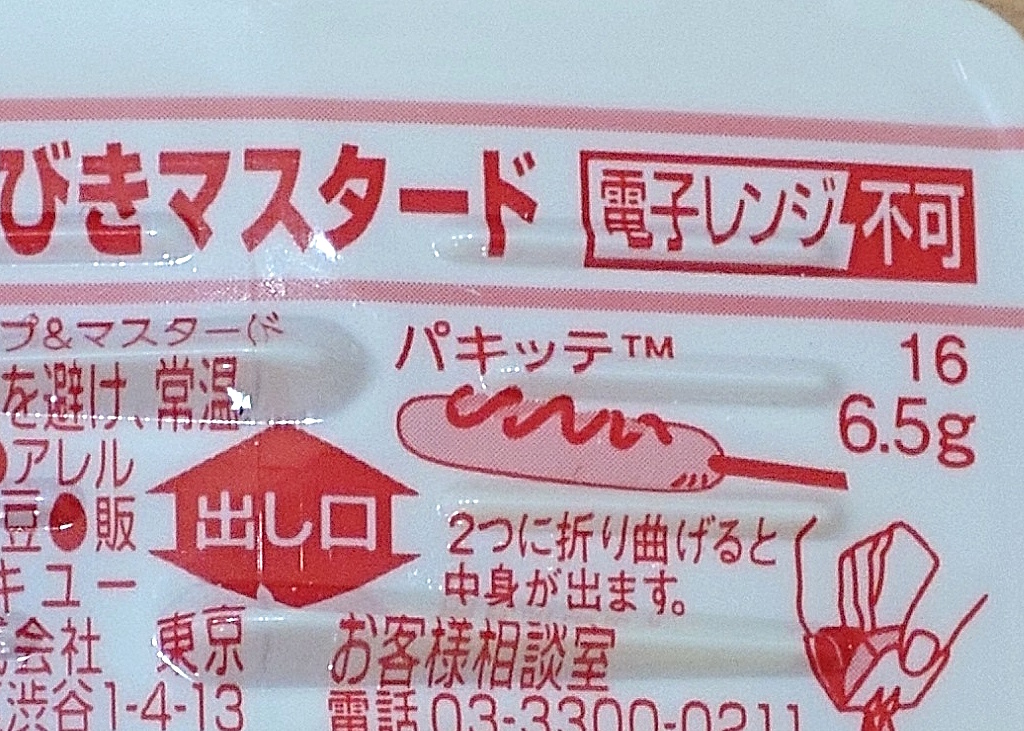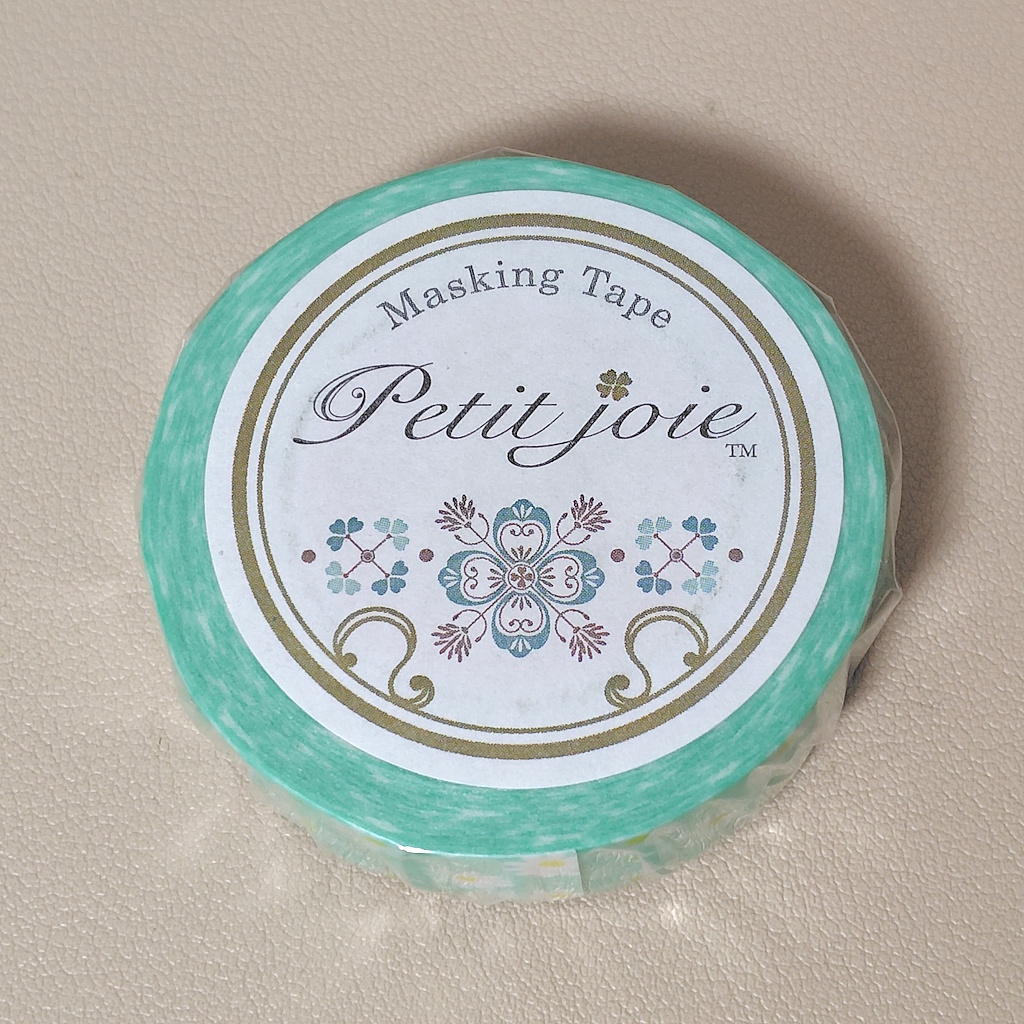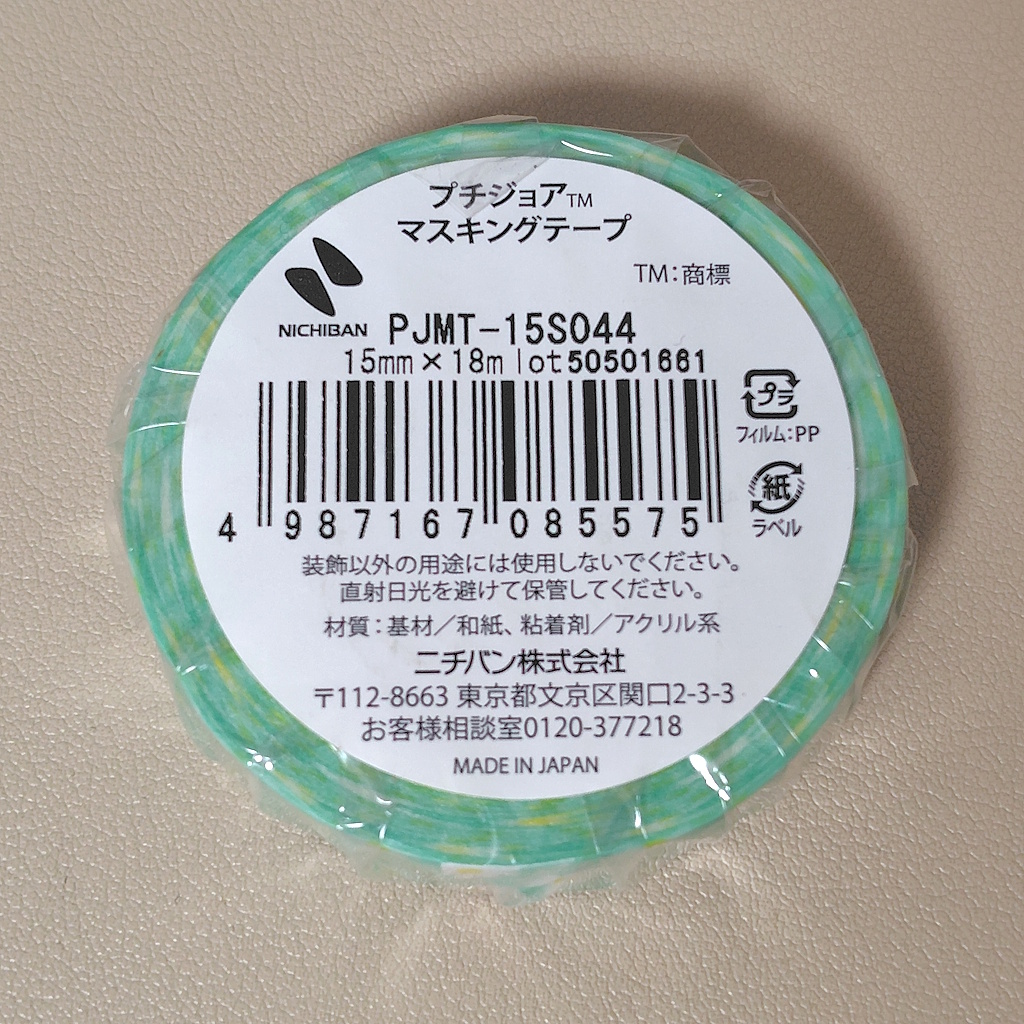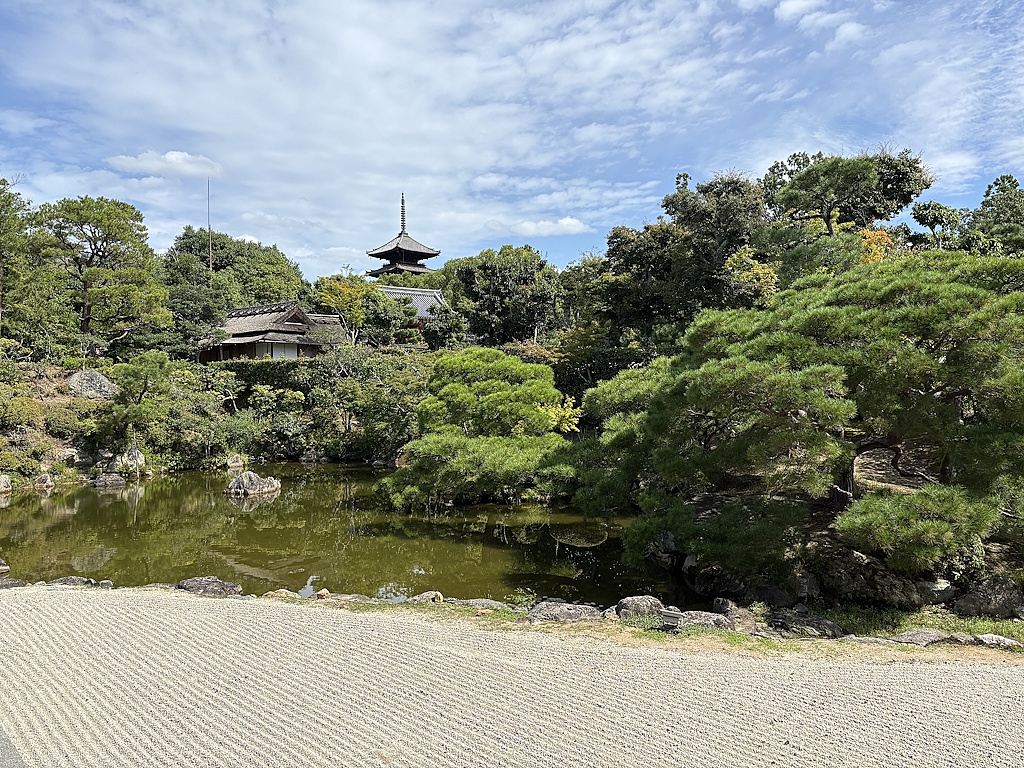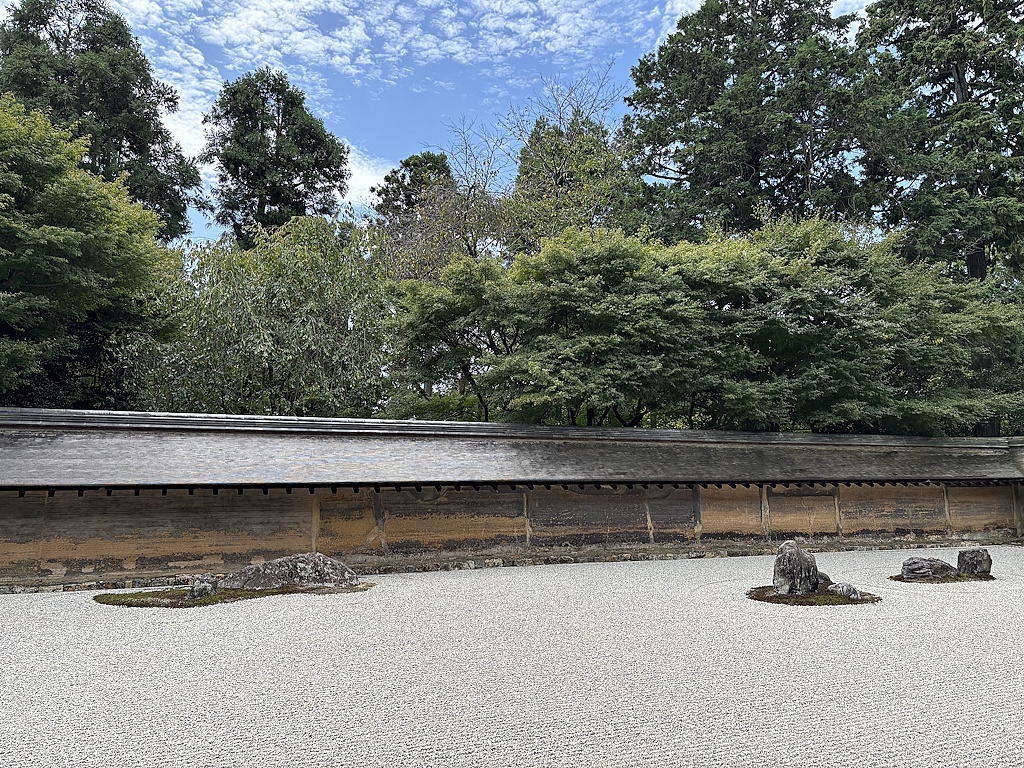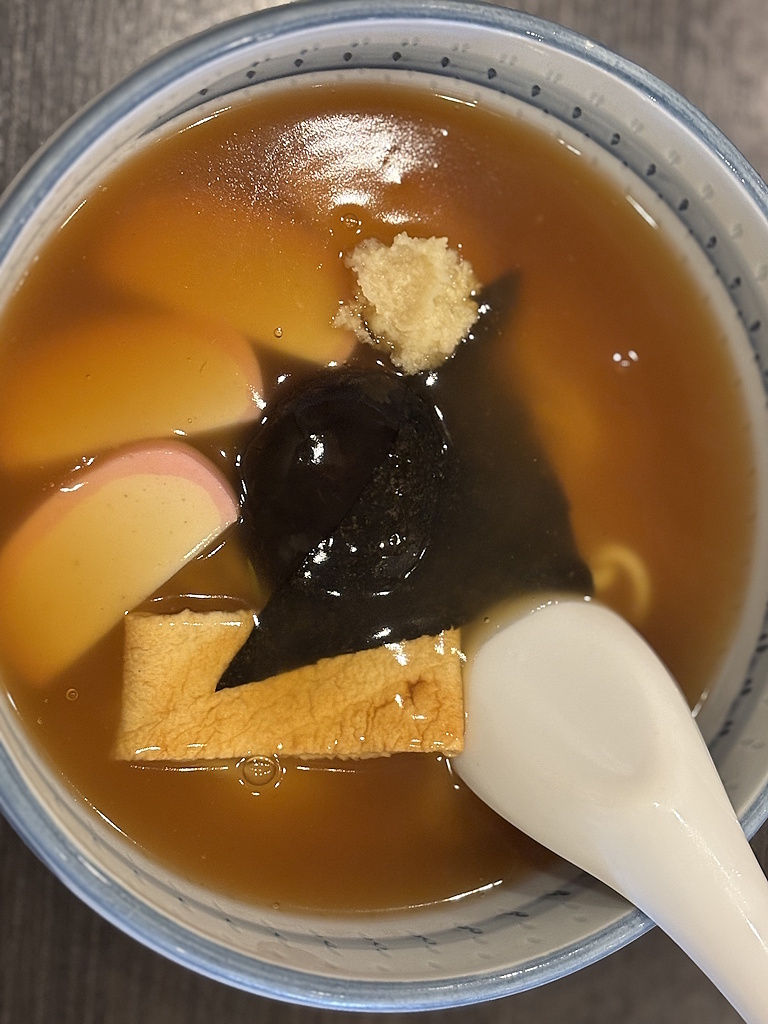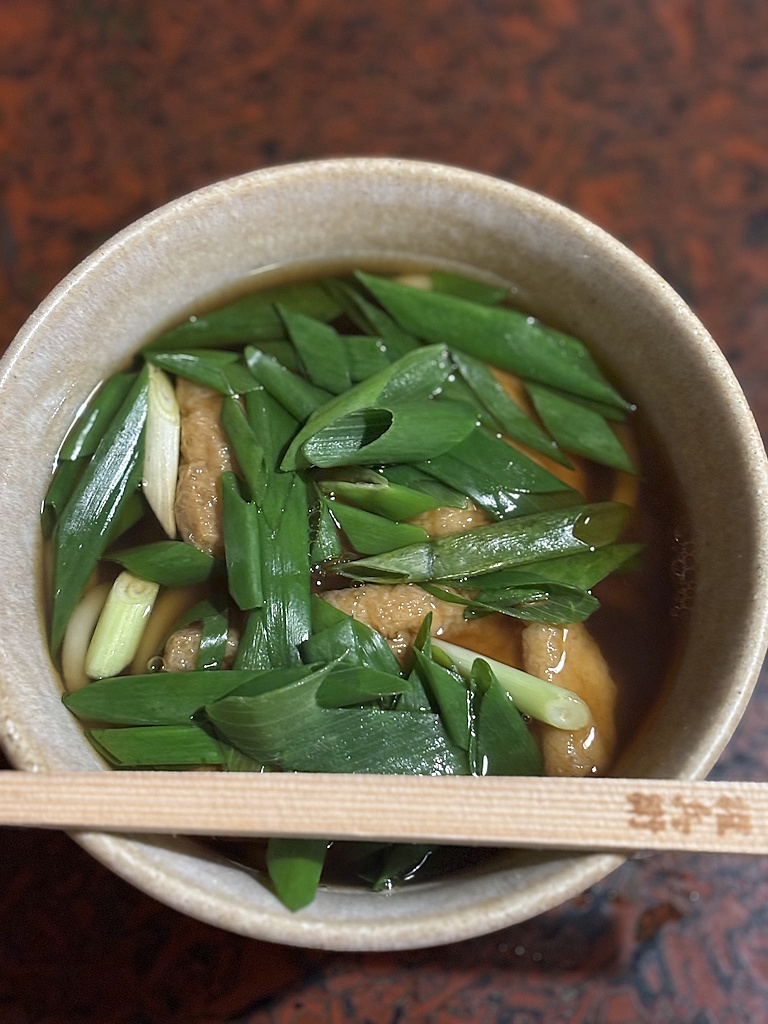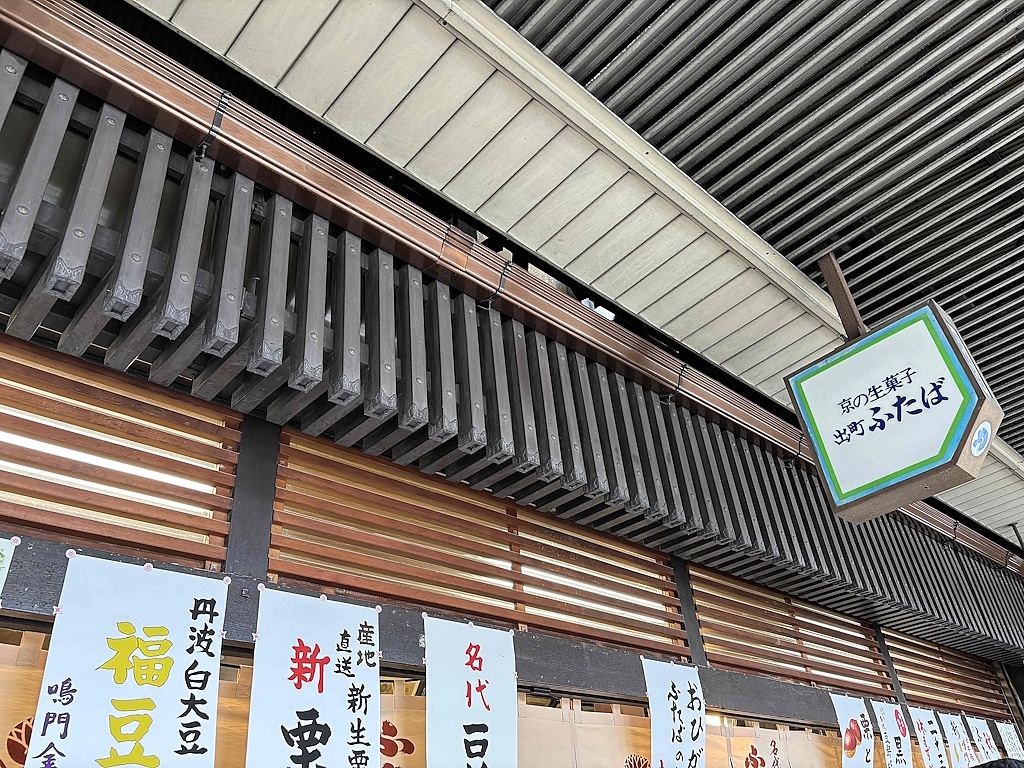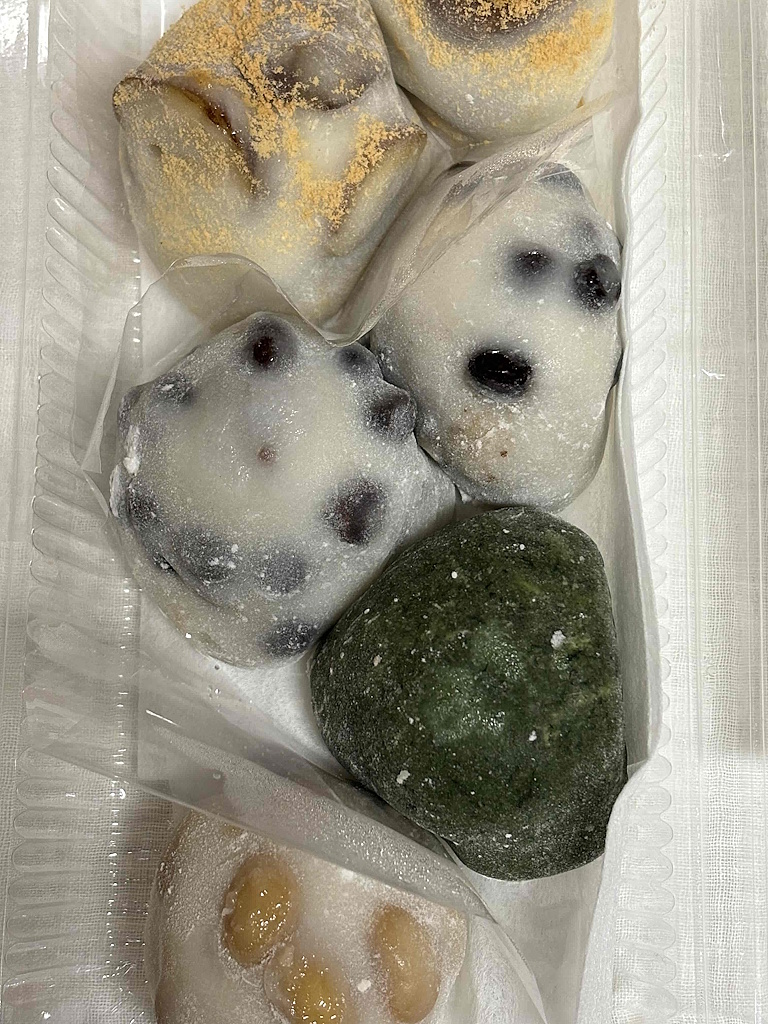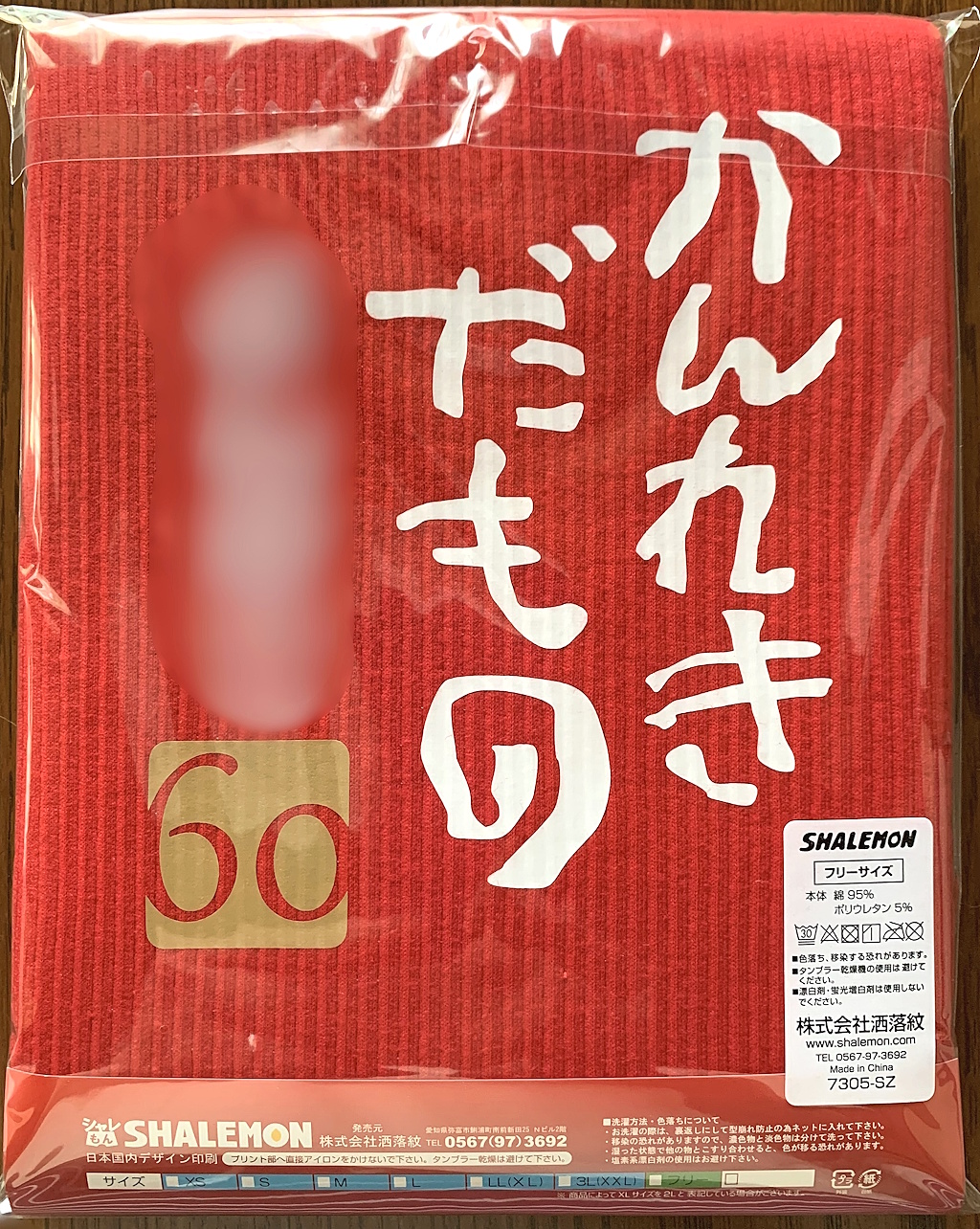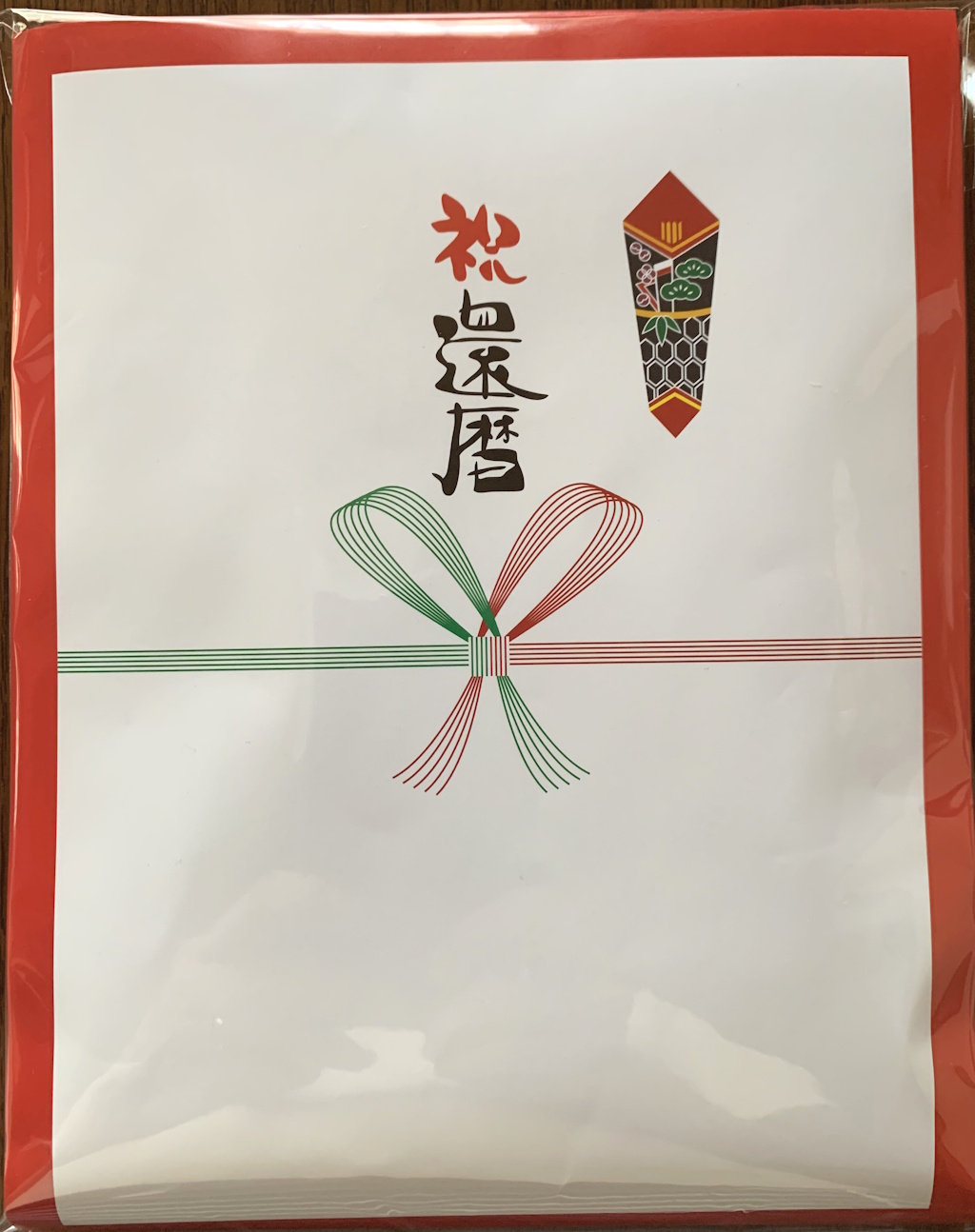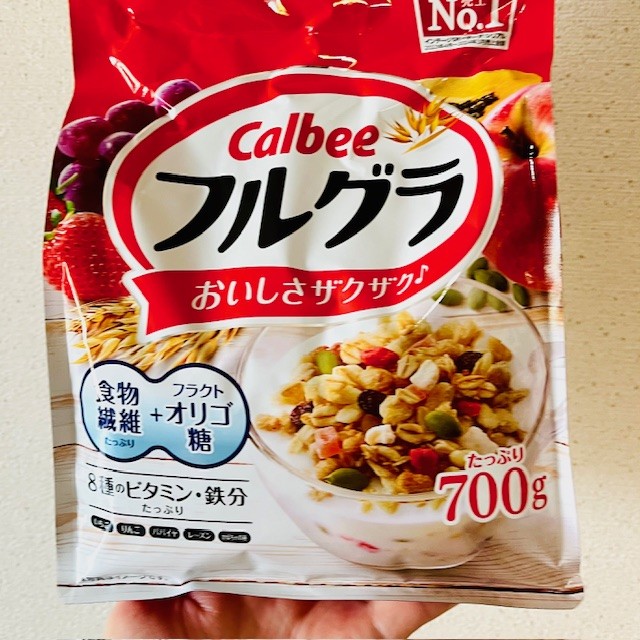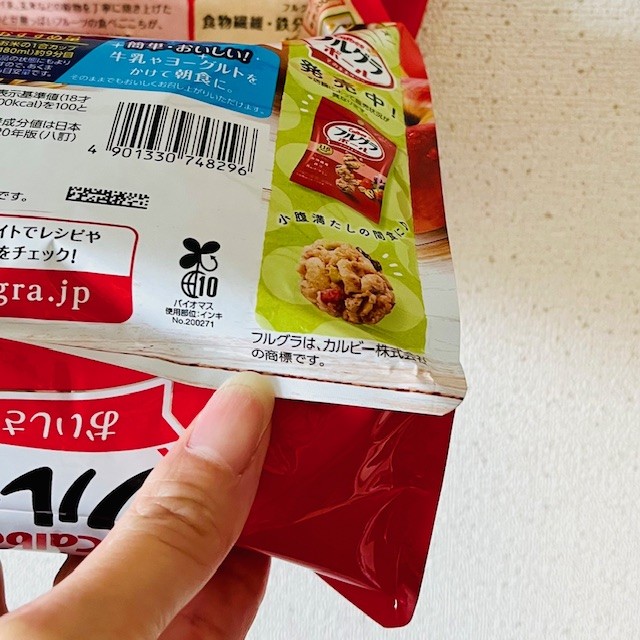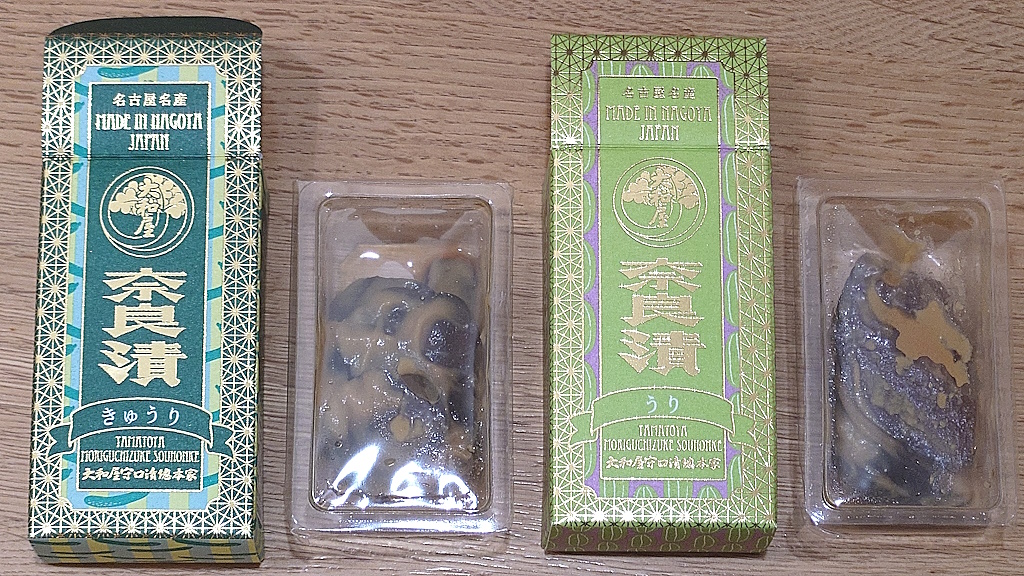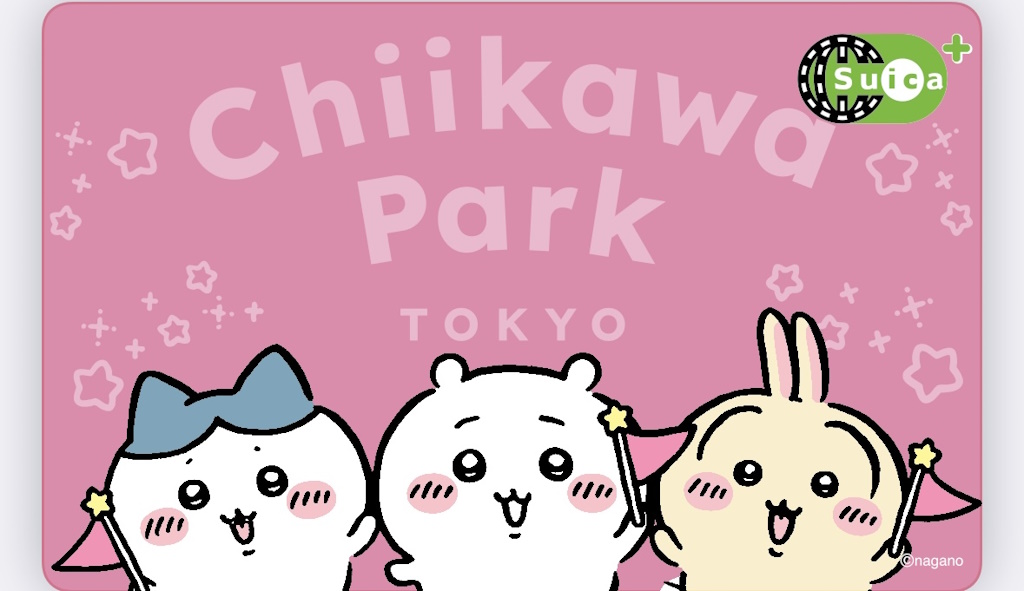During a recent business trip to Tokyo, I dined at “Katsuo Shokudo” in Shibuya. I had previously assisted this establishment with trademark registration at our office, so I’d long wanted to visit to say hello.
Upon entering at my reserved time, I was immediately greeted by the pleasant sound of “shuu, shuu, shuu” as owner Ms. Nagamatsu shaved katsuobushi (bonito flakes).
At the counter, Ms. Nagamatsu shaves katsuobushi freshly for every order for each customer.
Shortly after placing my order, the “Katsuo Shokudo Set Meal” arrived: a bowl piled high with freshly shaved, fluffy katsuobushi atop rice, accompanied by miso soup and an egg.
The ultra-thin, pinkish katsuobushi had an exceptional aroma and melted instantly in the mouth. The skill required to shave bonito this thinly and uniformly is truly masterful. Watching the katsuobushi being shaved live and tasting such beautifully fresh, delicious flakes was a first-time experience for me. The miso soup, rich with bonito broth, was also exquisite.
From Ms. Nagamatsu, who also works as a katsuobushi evangelist (“Katsuo-chan”), you can hear many fascinating stories about the origins of katsuobushi and the process involved in making it. She explained that the plane used for shaving depends on the day’s temperature and humidity. Picking up a partially shaved piece of bonito placed on the table, I was surprised by its substantial weight and hardness; the shaved surface resembled wood grain. Seeing and touching the real thing for the first time was an incredibly valuable experience.
Katsuo Shokudo has been listed in the Bib Gourmand section of the Michelin Guide Tokyo for four consecutive years: 2022, 2023, 2024, and 2025 (MICHELIN GUIDE: Katsuo Shokudo). Its selection as a restaurant offering “satisfaction beyond the price” (Bib Gourmand) is well deserved, given its quality and experience.
I was delighted to see the registration certificate for the trademark (Japanese Trademark Registration No. 6957190) displayed inside the restaurant, which we had assisted in applying for and registering. The bonito illustration for this trademark was created by Ms. Nagamatsu’s grandmother, who inspired her to start this business and the restaurant. I recalled her words when she requested the application: “This illustration symbolizes the restaurant’s identity, so I definitely want to trademark it.” This illustration, imbued with Ms. Nagamatsu’s passion, will continue to support the restaurant as its signboard and symbol.
I sincerely hope Katsuo Shokudo, which conveys the appeal of katsuobushi, a traditional Japanese ingredient, to future generations, continues to thrive and endure for many years to come (Hiro).
Katsuo Shokudo Website: https://www.katsuoshokudo.jp/services
Katsuo Shokudo Instagram: https://www.instagram.com/katsuoshokudo/
Katsuo Shokudo Reservation Page: https://www.tablecheck.com/en/shops/katsuoshokudo/reserve
“Shaving Katsuobushi by Hand: Delicious Living: Savoring the Taste of Japan” by Ms. Nagamatsu: https://amzn.asia/d/5ghVozl
